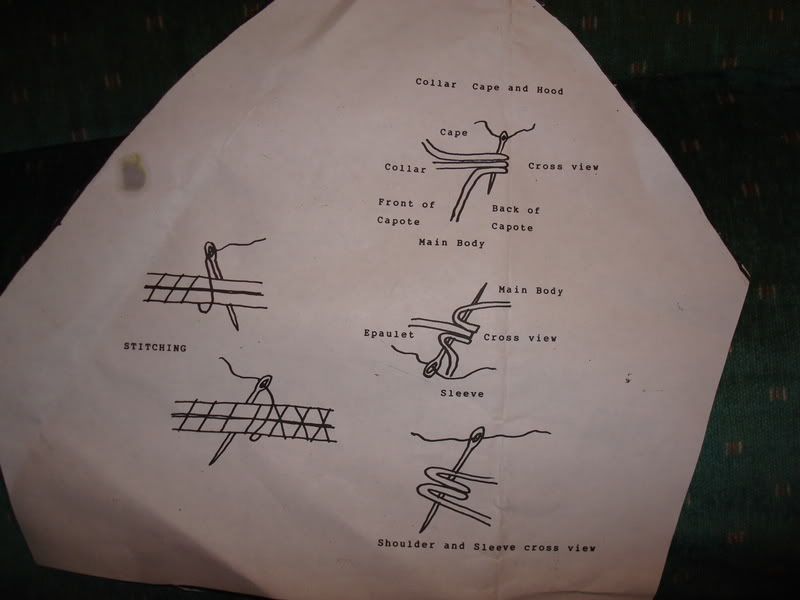A blanket is a fairly loose weave. And when they make a blanket, they wrap the wool threads around on each side so that it has a finished edge on each side that won't pull out. But if you look at the top and bottom, you will see that they have "bound" those edges to keep it from un-raveling. So when you cut and sew it, you need to "bind" those new cut/sewn edges so that the threads don't pull out. That picture of stitching seams shows several methods.
As to a "blanket shirt" being PC for the 18th century, well .... that's one of those nasty "can of worms" debates. Many people desperately want it to be correct, but proper documentation is a bit lacking. And a lot of what people have brought up as possible documentation depends too much on a modern definition of an old word or phrase instead of how that word/phrase was defined back then. Then the debate moves on the the type/weave of material use - wool clothe vs. blanket. And to the shape/style of construction.
That simple boxy cut wool shirt made from a blanket is generally attributed to the early 1800's - Western Fur Trade. Just as that squarish boxy "bathrobe" style capote shows up mostly in that early/mid 1800's.
In general, if you want a wool shirt for the 18th century, make it out of wool clothe instead of a blanket (different weave and thickness), and cut/sew it up following the same pattern as a regular shirt for that specific time period in the 18th century.
But others will disagree with this advice. As I said, one of those nasty can-o-worms issues.
Just my humble opinions to share, and best used in conjunction with your own research.
Mikey - yee ol' grumpy German blacksmith out in the Hinterlands
p.s. There are people who would never even think about carrying their Hawkin's Gun at a Rev War event, but will wear that Rocky Mountain Fur Trade era blanket shirt or capote at that Rev War event - and can't understand why there should be any problem doing that! They just can't understand that the definition of those terms changed over the years. What those terms referred to in the 1770's changed a lot in shape/style up to the 1830's - just as their "gun" did.





